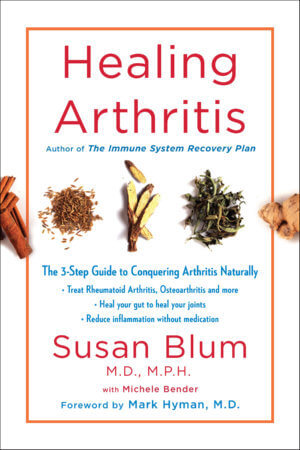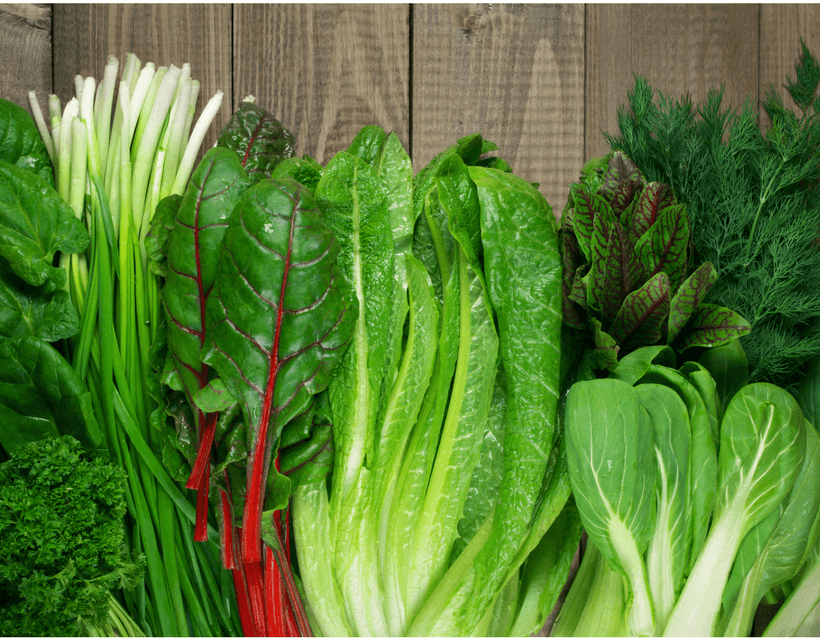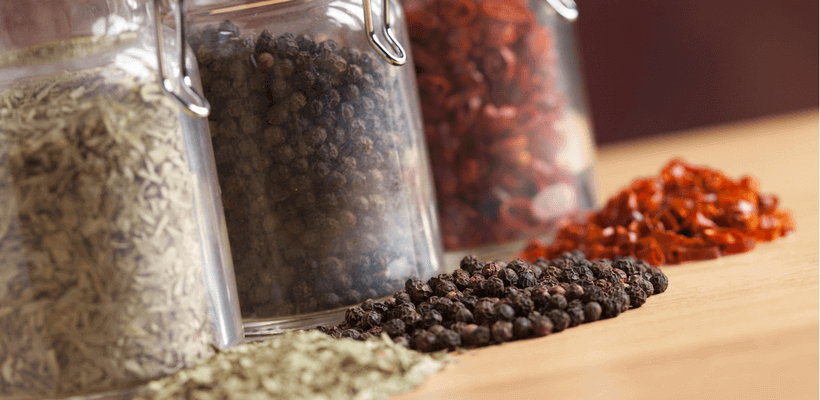
You have within you trillions of microbes – bacteria, fungi, viruses, even parasites – all living together in your gastrointestinal tract. This lively bunch of microbes is known as your microflora. Often referred to as “The Garden Within,” your microbial garden can shift out of balance. Think about how a garden can become overgrown with weeds. When that happens, we say a person has dysbiosis.
Three Ways Dysbiosis Can Impact Your Gut
- Too much of the bad stuff overgrowing in the gut is the most basic imbalance. An overabundance of “bad,” typically inflammatory, bacteria, or too much yeast (candida albicans is a particularly common and unwelcome yeast in large amounts), are two examples of overgrowth that cause dysbiosis. An unwelcome virus or parasite can also cause overgrowth imbalance.
To treat this type of dysbiosis we sometimes prescribe medications to kill unwanted bacteria, parasites, or yeast, but more often we use gentler, broad-spectrum anti-microbial herbs to weed the garden, improving the balance of good and bad bacteria. We also use probiotics and fiber-rich foods to encourage growth of the good while we get rid of the bad. - Microbial undergrowth can be the culprit. It is rarer than the situation above, but sometimes a stool test result shows an under-abundance of all bacteria – good and otherwise. An under-abundance indicates we need to work on improving the terrain (the gut lining) where the flora will take residence, as well as supporting the growth of the flora we want to encourage. We do this with probiotics, prebiotics, lining supportive supplements like glutamine, and healthy, bacteria-supportive foods.
- Your microbiome settles in the wrong place. Living microbes are wanted, but we need them to live where they belong, and not take up residence in places where they cause problems. Most frequently, this type of dysbiosis is SIBO (Small Intestinal Bacterial Overgrowth). SIBO occurs when the gastrointestinal microbiome has shifted from primarily growing and thriving in the large intestines (the colon) to taking up residence in the small intestine in too great a number. This tends to cause digestive problems and bloating, but can be silent as well. Herbs and antibiotics are our go-to for treating SIBO.
Could you have dysbiosis?
In our medical practice at Blum Center for Health, we suspect an imbalance in the flora (a dysbiosis) in anyone who complains of stomach troubles. Digestive difficulty of absolutely any kind suggests there’s something wrong with the trillions of microbes inside the gut. If you have stomach upset after eating, indigestion, the extremely common GERD (reflux), heartburn, slow digestion, or bloating, we think of dysbiosis. If you have bowel problems, like excessive gas, lower belly pains, constipation, or diarrhea – then dysbiosis is our prime suspect too.
Dysbiosis as the Root Cause of Seemingly Unrelated Disorders
It surprises many patients that other symptoms, including those that on the surface seem to have nothing to do with the gut, also make me suspect dysbiosis. We are becoming more and more aware the impact our microbiome has on our whole being – our whole health – and our disease processes.
When I see someone whose health concerns are not primarily digestive in nature – even those who report having a perfect digestive system – I usually investigate their microbiome, and will almost always prescribe a probiotic. Why? Because sometimes dysbiosis is silent gut-wise, while still causing trouble in other areas of your body.
Here are a few examples:
- Hormonal imbalance – we know that certain bacteria encourage an imbalance in hormones.
- Autoimmune diseases show clear links to overgrowth of some bacteria.
- Joint aches and pains can be caused by leaky gut, which is usually a consequence of some kind of imbalance in the gastrointestinal microbiome.
- Neurological and psychiatric disease is being traced back to problems with our microbes.
- Weight loss resistance is often a consequence of over (or under) growth of the bacterial flora.
Basically, any inflammatory process can be traced back to the gut.
How do you know if you have dysbiosis?
How does your internal garden grow? The tests we most often request are simple: Stool, breath, and urine testing – all of which give us a picture of what your personal microbiome looks like. We learn from the test results how many beneficial bacteria are growing, and how many malicious bacteria have taken up residence in your gut. We use that information to create your personalized treatment plan.
With some patients we assume dysbiosis without testing – and just get you started on the good stuff – probiotics and healthy, fiber-rich foods.
Not sure if you have dysbiosis? Take our Assessment and find out!
How did you get this dysbiosis?
There are many reasons we harbor the microbes we do. Our developing microbiome begins at birth – it is different if we are vaginally delivered or born via c-section, for instance. Our food choices (throughout our lives) affect our microbiome, as does any antibiotics we might have taken. Other medications, both prescription and over the counter, also affect the microbiome.
What to do if you suspect you have dysbiosis:
If you live in our neighborhood, make an appointment! In our practice at Blum Center for Health we take a multi-pronged, holistic approach, a combination of medical and lifestyle considerations, to address, diagnosis and treat your condition. We take your health seriously and get to the root of the problem rather than simply throwing medication at it. For more information, call 914-652-7800.
Don’t live nearby? A great place to start is with our 10-Day or 30-Day HealMyGut program — it’s a total gut reset with a nutritional plan, recipes, just-right supplements, daily email support, and a private online community. Our 30-Day program includes the added bonus of a weekly chat with our Functional Nutritionist to answer all your questions. Find out which program is ideal for you: Take the Assessment
Check out my FREE 3-part video series! Last month I led live classes on the immune system and I’m happy to share with you the three videos: How To Boost Your Immunity and Resiliency to Viruses: DOWNLOAD FREE NOW








